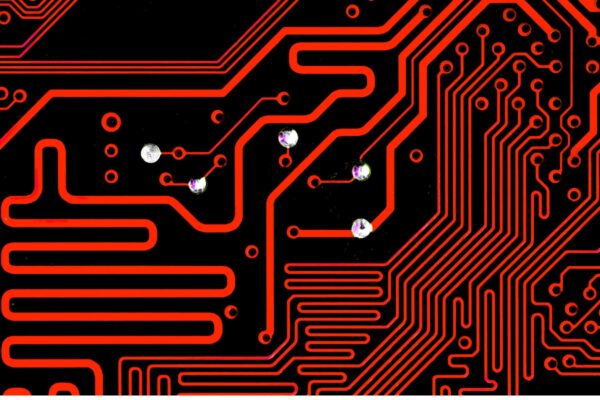What is Fab
In the PCB industry, the term “Fab” refers to a fabrication drawing or document that contains crucial information necessary for the manufacturing of a PCB. This drawing serves as a communication tool between the designer and the manufacturer, ensuring that all the specifications and requirements for the PCB production process are clearly conveyed.
The fab drawing typically includes details such as the board outline, layer stack-up, drill chart, and other essential specifications. It provides additional information that may not be present in other file formats like Gerber files, ensuring that the manufacturer has all the necessary instructions to accurately produce the PCB.
Apart from the basic board outline and layer stack-up, the fab drawing can also incorporate specific instructions related to controlled impedance requirements, board manufacturing specifications, raw material specifications, plating details, solder mask specifications, surface finish, gold fingers, mechanical specifications concerning hole positions, the presence of via-in-pad or plugged via, and the implementation of blind or buried vias.
Both the fab drawing and the assembly drawing serve as reference documents for the construction and assembly of the circuit board. These drawings not only provide an outline for the manufacturing and assembly processes but also assist in inspecting the quality of the PCB.





